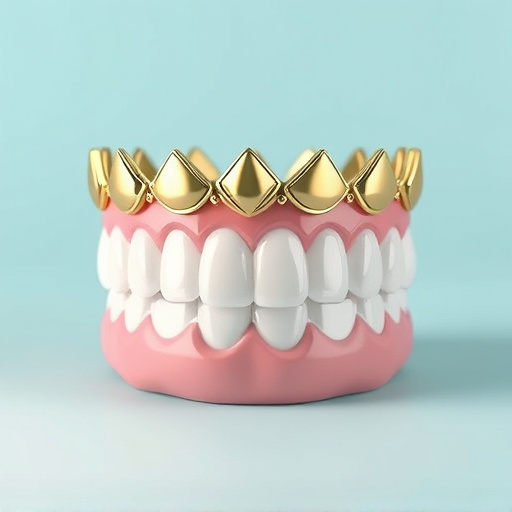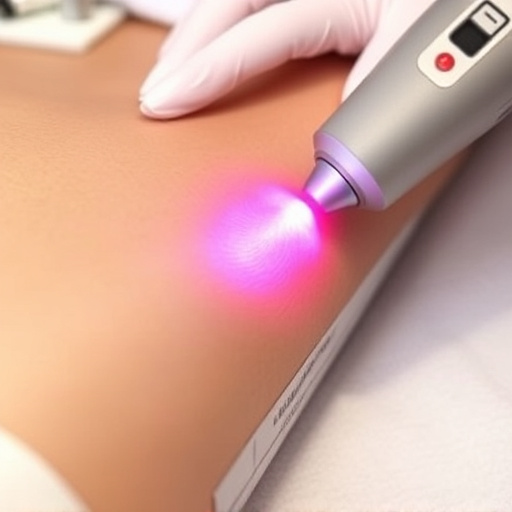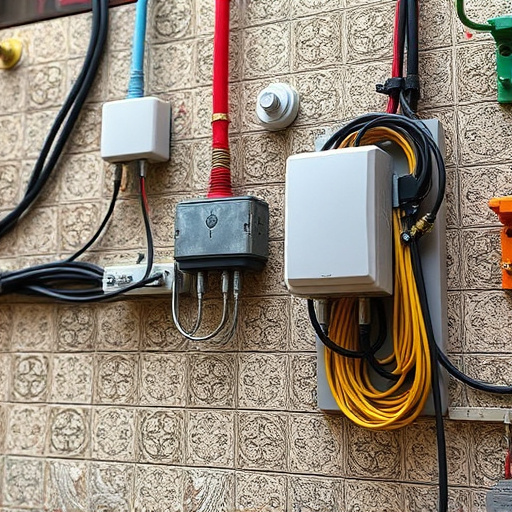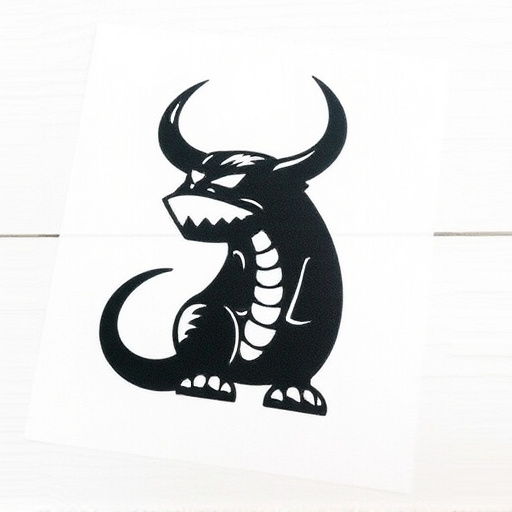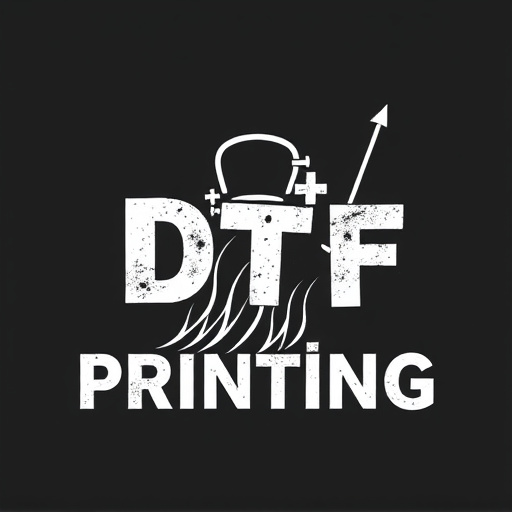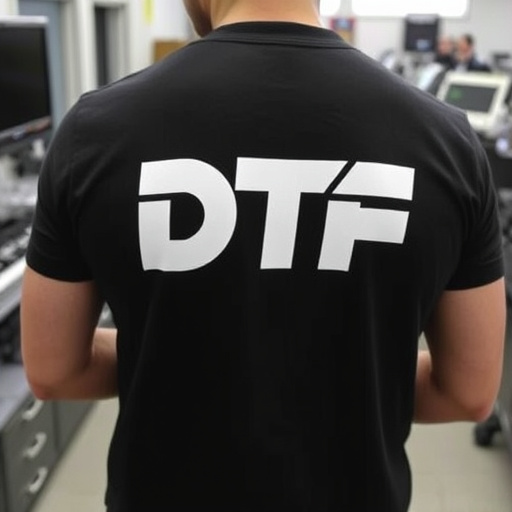Direct-to-Film (DTF) transfers for custom tees offer vibrant prints on diverse materials but face challenges like misalignment, color shifting, and blurry images. To ensure optimal results, understand common problems, maintain printing components, set correct resolutions, manage ink compatibility and temperature, inspect heat transfer paper, check print settings, adjust heat press settings, update software, and clean print head regularly. High-quality DTF transfers require precise adjustments, optimal temperature and pressure, compatible film and ink, proper design file optimization, and regular surface cleaning.
Direct-to-film transfers offer a seamless way to print images directly onto various media, but not without potential issues. This article guides you through troubleshooting common problems in direct-to-film printing. From understanding the root causes of print quality defects to implementing effective solutions for consistent results, these insights will empower you to navigate challenges and achieve superior outcomes with your direct-to-film transfers.
- Understanding Common Direct-to-Film Transfer Problems
- Diagnostic Steps for Print Quality Issues
- Effective Solutions for Consistent Results
Understanding Common Direct-to-Film Transfer Problems
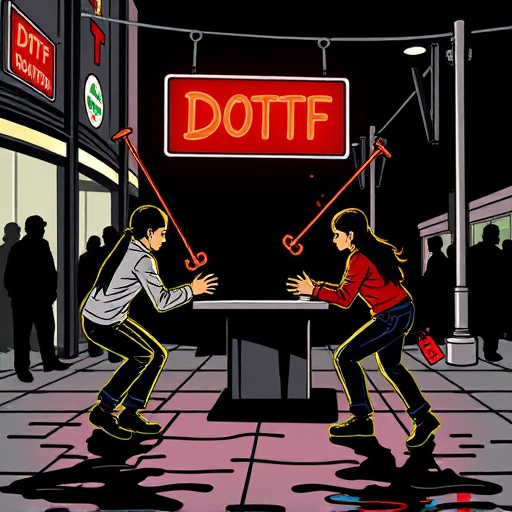
Direct-to-Film (DTF) transfers for custom graphic tees and other items have gained popularity due to their ability to produce vibrant, high-quality prints directly on various materials. However, like any printing process, DTF for t-shirts is not without its challenges. Understanding common problems is the first step in ensuring optimal results. One of the most frequent issues is print misalignment, where the design doesn’t line up perfectly with the garment’s edges, leading to a less than professional finish.
Another prevalent problem is color shifting, where the hues on the final printed tee deviate from the original digital design. This can be attributed to various factors, including ink compatibility and temperature settings during the printing process. Ink clumping or plugging, caused by inadequate cleaning of the print head or using expired ink, results in uneven or blocked prints. Proper maintenance and timely replacement of printing components are crucial to prevent these issues. Additionally, garish or blurry prints can occur due to incorrect resolution settings, necessitating a finer understanding of dtf printing parameters for optimal outcomes.
Diagnostic Steps for Print Quality Issues

When troubleshooting print quality issues with Direct-to-Film (DTF) transfers, a systematic approach is key. Start by inspecting the dtf heat transfer paper for any visible defects, such as tears or ink spots. Ensure the paper is properly aligned in the printer and that the feed mechanism is functioning smoothly. Next, check the print settings in your software; correct color profiles and resolution are crucial for crisp and accurate transfers.
For persistent problems, consider the heat press settings. Inaccurate temperature or pressure can lead to fading, smudging, or uneven application of the design. Test different settings on scrap material before applying them to your final products. Additionally, examine the logos DFT (Direct-to-Film) for any file corruption or format incompatibility issues that could be causing the problems. Regularly updating software and drivers can help prevent these issues.
Effective Solutions for Consistent Results

Achieving consistent results with Direct-to-Film (DTF) transfers can be a challenge, but several effective solutions exist to ensure optimal printing every time. One key strategy is to maintain precise temperature and pressure settings during the heat press process. Small adjustments in these parameters can significantly impact the quality of the final print on light fabrics, making it crucial for printers to calibrate their equipment regularly. Using high-quality film and ink compatible with DTF printing ensures consistency across batches, reducing variations caused by subpar materials.
Additionally, proper preparation of the design file is essential. Ensuring that artwork is optimized for DTF printing, with appropriate resolution and color profiles, minimizes issues like blur or poor color saturation. Regular cleaning of the print head and maintaining a clean printing surface also prevent buildup that can hinder accuracy. These simple steps, combined with consistent technique, help create vibrant, long-lasting prints on a variety of materials, from clothing to home goods.
Direct-to-film transfers can be a complex process, but by understanding common issues, implementing diagnostic steps, and adopting effective solutions, you can achieve consistent print quality. By mastering these techniques, you’ll not only enhance your direct-to-film printing outcomes but also ensure a smoother workflow for professional results in today’s digital era.


